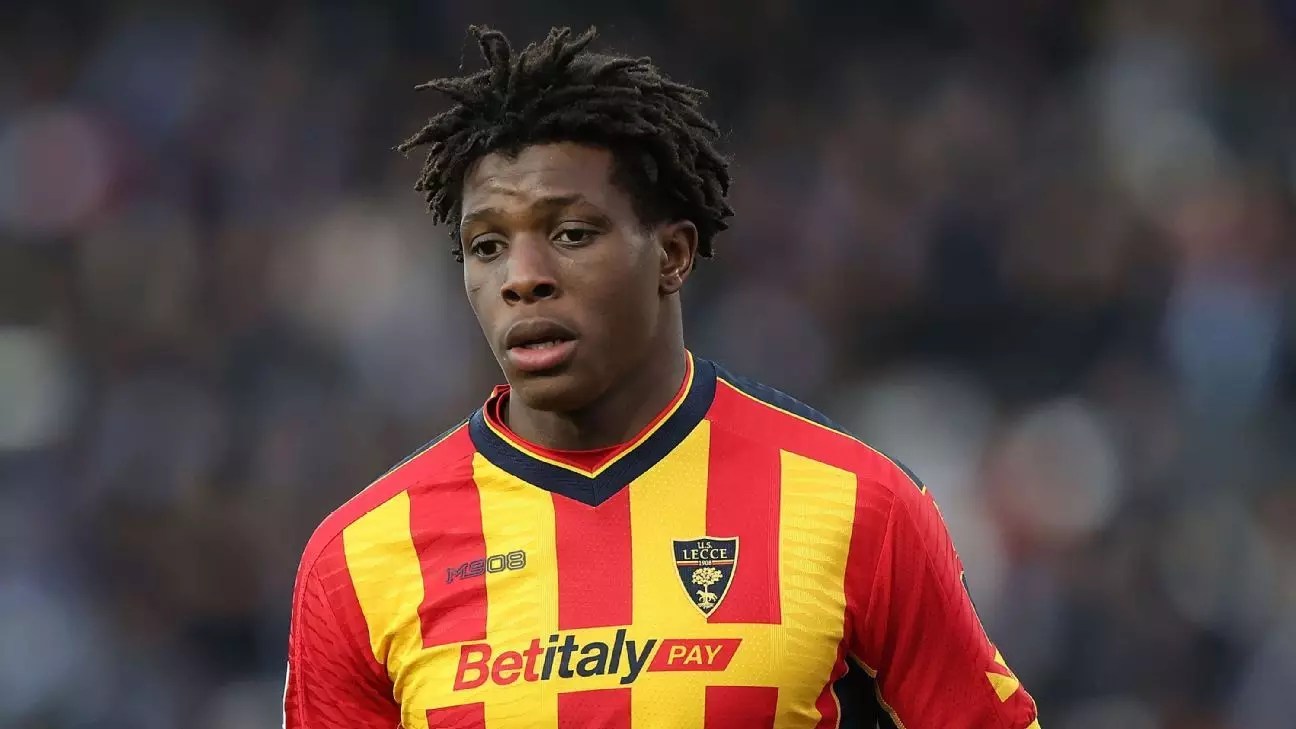Manchester United’s attempts to revamp their squad during the January transfer window come amidst financial restrictions that have characterized the club’s operations in recent years. As reported by sources, the possibility of acquiring a left-back remains contingent on the ability to generate additional funds, primarily through player sales. Players like Marcus Rashford and Antony have been identified as potential departures that could facilitate this financial maneuvering. Their exits would undoubtedly shift the club’s fiscal framework, allowing the management to recalibrate the budget and pursue crucial signings.
A glaring gap in United’s defensive lineup is the left-back position. Current head coach Ruben Amorim’s tactical setup, featuring a 3-4-3 formation, has necessitated the unconventional deployment of Diogo Dalot, who is naturally a right-back but has adapted to play as a left wing-back. This arrangement highlights a pressing need for dedicated left-back options, as reliance on such a workaround is not sustainable for a team of United’s stature. The availability of both Tyrell Malacia and Luke Shaw has done little to address this issue, with Malacia’s minimal involvement post-injury and Shaw’s prolonged absence due to muscular concerns limiting depth and flexibility.
In the quest to rectify this deficiency, Manchester United’s recruitment team has sketched a list of possible left-back candidates. Among them are emerging talents such as Patrick Dorgu from Lecce, Rayan Aït-Nouri of Wolves, and Tyrick Mitchell from Crystal Palace, signaling a broader strategy to invest in young, dynamic players who can adapt to the rigors of Premier League football. However, interest in Nuno Mendes from Paris Saint-Germain suggests that the club is also scouting seasoned players capable of making an immediate impact. Yet, the categorization of Mendes as an unrealistic option for the current window indicates that United’s recruitment strategy is a mix of pragmatism and ambition.
As they navigate this tumultuous transfer landscape, Manchester United’s management must also bear in mind the broader implications of squad cohesion and performance. Continued success in domestic and European competitions hinges not only on tactical adjustments but also on astute player acquisitions. The recent victory over Arsenal in the FA Cup propels United into a promising fourth round, indicating that a robust squad can yield positive results on multiple fronts. As they seek to climb Mount Europa League and avoid unnecessary playoff bouts, the urgency to enhance their squad becomes increasingly vital.
Manchester United’s pursuit of a left-back in the upcoming January window presents a complex puzzle of financial limitations, tactical needs, and potential player acquisitions. By carefully navigating these challenges, United could strengthen their backline and advance their competitive aspirations both domestically and in Europe. The next steps taken during this transfer window will significantly affect their season’s trajectory and long-term rebuilding efforts.


Leave a Reply